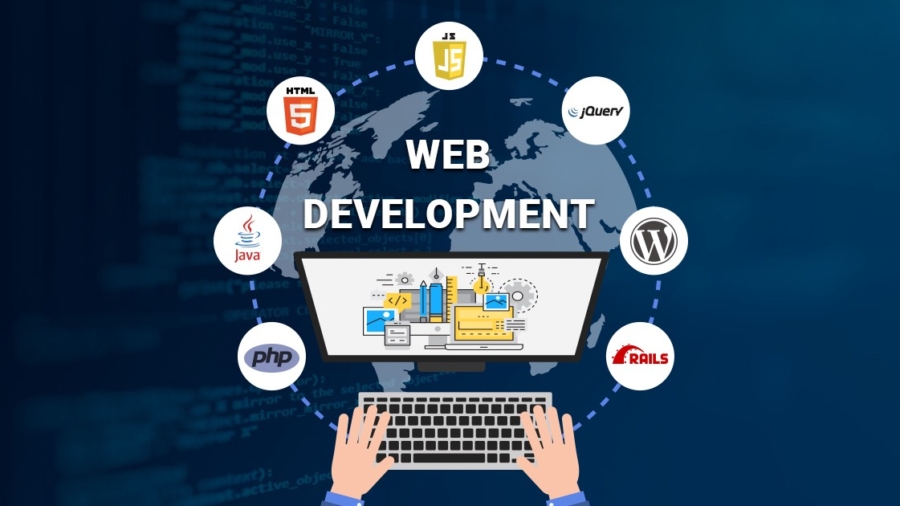In today’s digital age, social media marketing (SMM) isn’t just a buzzword—it’s a must-have for any business looking to thrive. Whether you’re running a startup, personal brand, or an established enterprise, social platforms are where your audience is hanging out. So let’s break down what SMM is, why it matters, and how you can harness it for maximum impact.
📱 What is Social Media Marketing?
Social media marketing is the process of creating tailored content for each social media platform to drive engagement and promote your brand. It’s more than just posting updates—it’s about connecting, engaging, and building relationships with your audience.
🌟 Why is Social Media Marketing Important?
- Brand Awareness: Reach new audiences through organic or paid strategies.
- Customer Engagement: Interact directly with your customers and build trust.
- Website Traffic: Drive targeted visitors to your website or landing pages.
- Lead Generation: Use ads and content to capture potential customers.
- Insights & Analytics: Platforms offer powerful tools to analyze user behavior.
🔑 Key Social Media Platforms
1. Facebook
Best for: Broad audiences and community engagement
Tools: Groups, Live, Messenger, Ads
2. Instagram
Best for: Visual storytelling
Tools: Stories, Reels, IGTV, Shopping
3. X (formerly Twitter)
Best for: Real-time updates and customer service
Tools: Threads, Polls, Hashtags
4. LinkedIn
Best for: B2B marketing and professional networking
Tools: Articles, Showcase Pages, InMail
5. TikTok
Best for: Short, creative videos targeting younger audiences
Tools: Challenges, Trends, Music Integration
📈 Social Media Marketing Strategy in 5 Steps
- Set Clear Goals
Whether it’s increasing followers, boosting engagement, or driving sales—define what success looks like.
- Know Your Audience
Understand demographics, interests, and behaviors to tailor your content.
- Create High-Quality Content
Mix it up with images, videos, infographics, and stories.
- Stay Consistent
Develop a content calendar and post regularly to stay top-of-mind.
- Analyze and Optimize
Use tools like Meta Insights, Twitter Analytics, and LinkedIn Analytics to track performance and tweak your strategy.
🧠 Pro Tips for Social Media Success
- Use trending hashtags to increase visibility.
- Respond to comments and messages promptly.
- Collaborate with influencers or brand ambassadors.
- Run contests or giveaways to boost engagement.
- Always include a Call to Action (CTA).
📸 Visuals That Work
- Behind-the-scenes content
- Customer testimonials
- Memes and relatable humor
- Polls and Q&A sessions
- Product demos and tutorials
🛠️ Recommended Tools
- Canva – for stunning visuals
- Buffer/Hootsuite – for scheduling and analytics
- Later – for Instagram post planning
- Sprout Social – for team collaboration
- ChatGPT 😉 – for copywriting help
💬 Final Thoughts
Social media marketing is a dynamic, ever-evolving space that offers incredible opportunities for growth and connection. The key is to be authentic, strategic, and responsive. When done right, it doesn’t just build followers—it builds a community.
Now, let’s generate some visuals to go with this blog.
Image 1: Social Media Marketing Overview
Prompt: “A flat design infographic showing key social media platforms (Facebook, Instagram, Twitter, LinkedIn, TikTok) with their logos and unique features”
Image 2: Strategy Steps
Prompt: “An illustrated 5-step plan for social media marketing: 1. Set Goals, 2. Know Audience, 3. Create Content, 4. Stay Consistent, 5. Analyze”
Image 3: Engagement Tips
Prompt: “A colorful graphic showing social media engagement tips: Use Hashtags, Reply to Comments, Run Giveaways, Collaborate with Influencers, Include CTAs”




